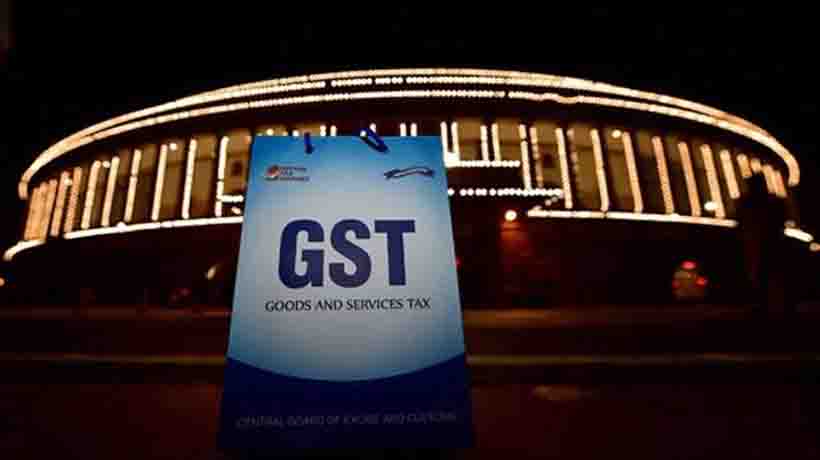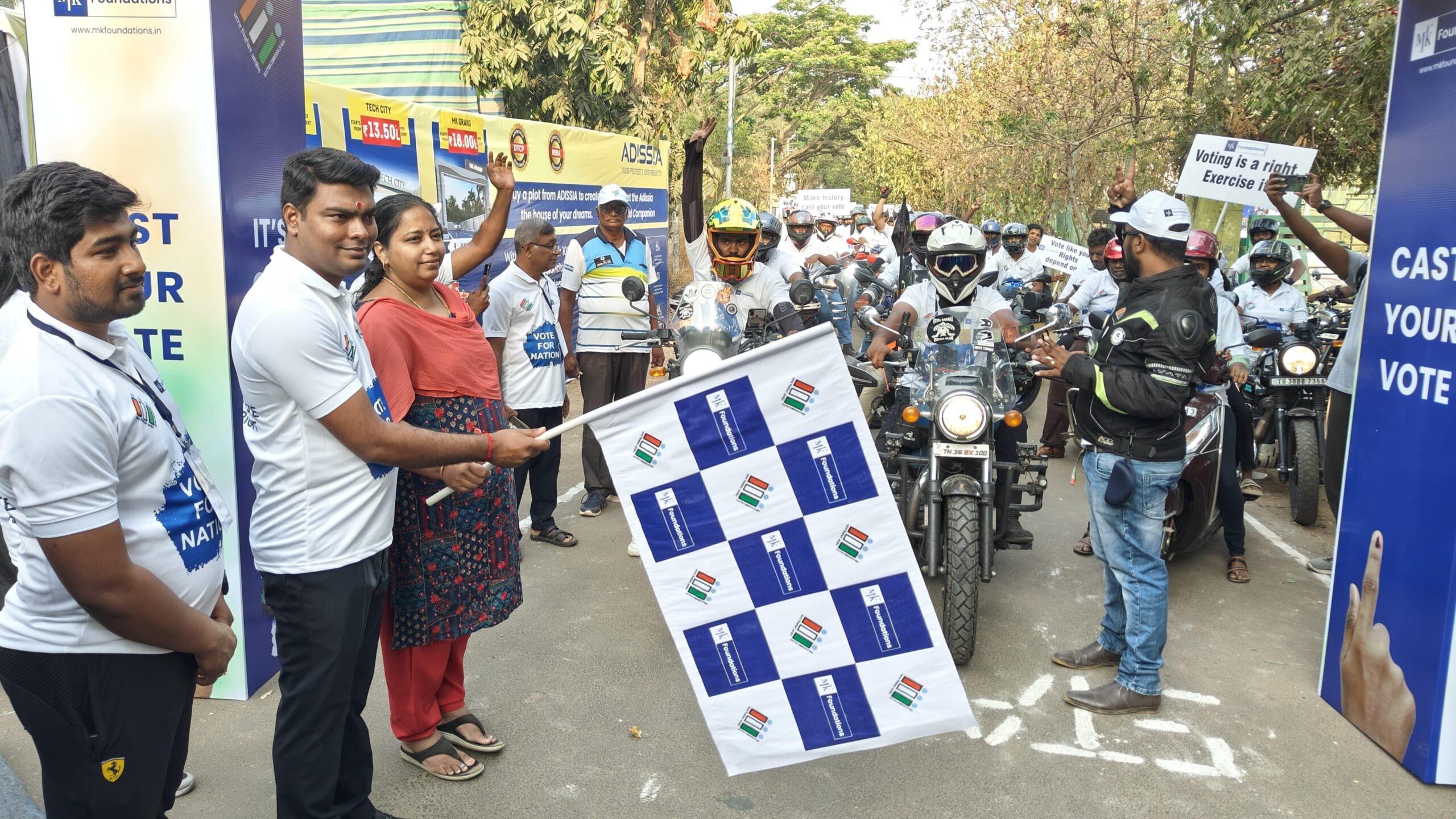Trending Now
- IPL 2024 begins with a bang. First contest between CSK and RCB.
- Election commission allots mike symbol to Naam Thamizhar Katchi
- AIADMK promises to urge for AIIMS in Coimbatore, in its election manifesto.
- Ponmudi becomes higher education minister.
Business
Transition credit claims under govt scanner as GST collections fall
![]() March 20, 2018
March 20, 2018
With lower-than-expected GST collections and higher-than-expected input credit and refund claims, the government is finding it difficult to meet GST collection targets. The state compensation bill, projected to be over Rs 50,000 crore, is also likely to be higher. Amid all this, the government is taking a closer look at input credit claims of taxpayers, especially those of transition credits. Last week, the Central Board of Excise and Customs (CBEC) issued a guidance note on verification of transition credit claims.
As per the note, it seems the government is putting under scanner the claims of taxpayers who have availed of transitional credit greater than Rs 25 lakh and where the closing balance of CENVAT credit during the period between October 1, 2016, and June 30, 2017, had grown by 25 per cent. As per the note, a list of top 50,000 GSTINs has been drawn for checking the order of transitional credit availed. Entry-by-entry data in TRAN-1 would be verified by tax officers. TRAN-1 is the return form filed to claim input credit on taxes paid before the GST came into being.
The verification process would be divided into four phases. In the first phase, from March to June 2018, verification would be done for taxpayers who have taken registration between October 1, 2016, and June 30, 2017, and taxpayers who have shown steep growth in credit of over 25 per cent and availed of credit of more than Rs 25 lakh among the list of 50,000 top TRAN credit takers. In the second phase, from July to September, verification would be done for the top one-third in terms of the quantum of transition credit availed, in the next quarter the next one-third, and likewise.
The credit verification would be done by the Central GST authorities even if the state has the jurisdiction.
The note issued by the CBEC says that the department would try verify claimed credit on the basis of data already available with the department without contacting the taxpayer.
In case there is a need to contact the taxpayer, a letter may be written giving adequate lead time and calling for specific information which would assist in verification as per the fourteen checkpoints listed above.
A summon would be issued only where the taxpayer is not sharing information even after repeated requests and lapse of an unreasonable period of time.
Enforcement action can be initiated only where transitional credit is very high and not congruent with the economic activity of the taxpayer, the said taxpayer is not cooperating with the verification even after being given adequate opportunity, there is other collateral evidence of wrongful availing of transition credit and there are chances of the taxpayer disappearing after utilising the credit.
Anita Rastogi, Partner, Indirect Taxes, PwC, says the verification is being done because the government suspects that the taxpayers are availing a lot more credit than what they are eligible for. “In some cases, the government feels that taxpayers are availing the credit twice, once under the transition credit window and another in the normal course. The lower-than-expected GST collection has further convinced the government that there are a lot of fake credits being claimed,” she says.
























